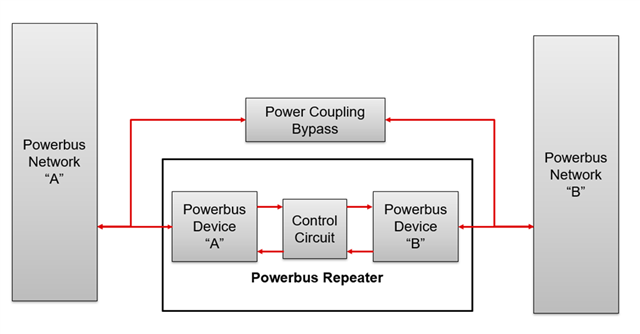Other Parts Discussed in Thread: THS6222, THVD1500
Tool/software:
Dear Sir,
I have Tested THVD8000-EVM's in lab for 1.2Km and found to be ok, in our case we use this for Communication only we don't want to transfer any power in this in our application, So in our prototype we are not connecting any L,C values and termination resistance is 120ohms but when are testing in site it's not working more than 300 in site and the cable resistance is 6.2ohm for 100meter but it's not working what are the hardware changes that we need to do in order work 1.5km and is there any need of THS6222IRGTR(line driver ) in order to increase range.


